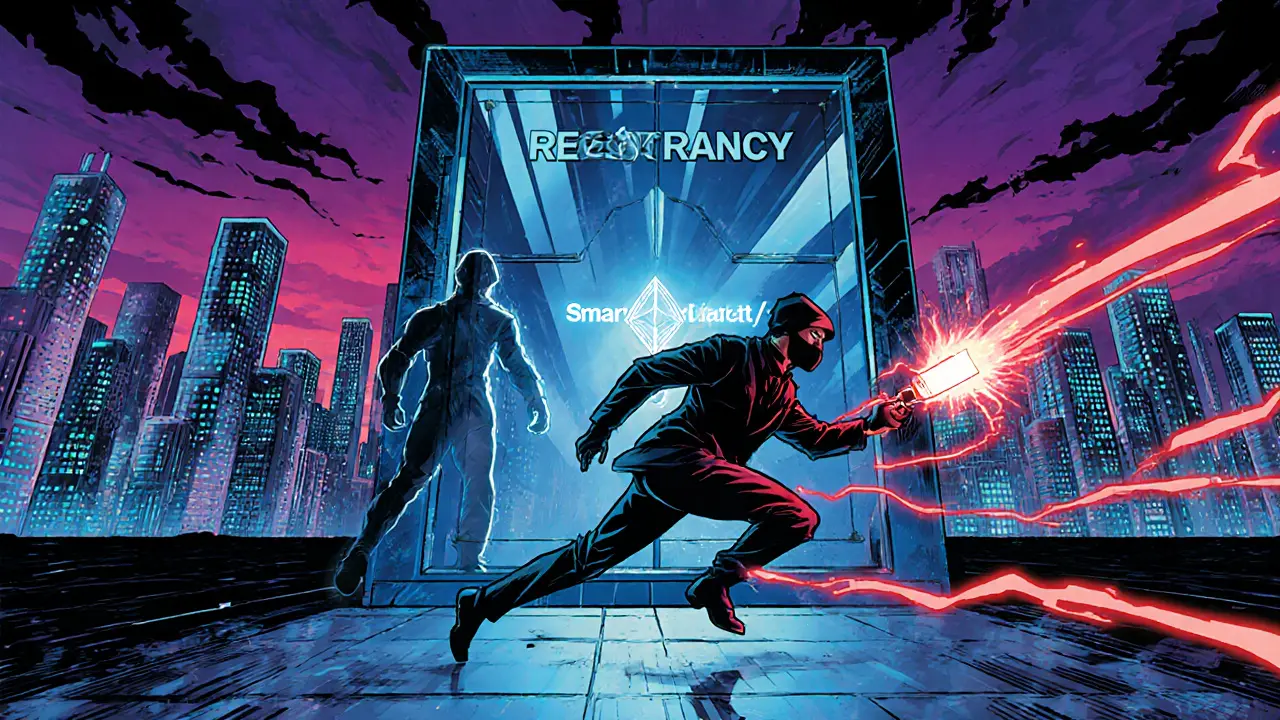Reentrancy Attacks: What They Are and How to Defend
When dealing with Reentrancy Attacks, a type of recursive call exploit where an attacker repeatedly invokes a vulnerable contract before the previous execution finishes. Also known as recursive call exploit, this flaw lets malicious actors drain assets by hijacking the contract’s control flow. In simple terms, the attack exploits the way smart contracts handle external calls, letting the attacker re‑enter the contract and manipulate state variables before the original call settles. This pattern sparked the infamous DAO hack and still shows up in newer DeFi projects today.
Key Players in the Attack Landscape
Understanding the ecosystem helps you spot weak spots early. Smart Contracts, self‑executing code that lives on blockchains such as Ethereum are the primary targets; they define the rules for token transfers, lending, and staking. Flash Loans, instant, uncollateralized loans that must be repaid within a single transaction often provide the cheap capital attackers need to trigger a re‑entry loop in a DeFi protocol. Meanwhile, Security Audits, formal reviews of contract code by experts aim to detect these vulnerabilities before deployment. The relationship is clear: flash loans enable reentrancy attacks, and security audits try to stop them. Moreover, the broader DeFi Ecosystem, a network of lending, swapping, and yield‑farm platforms built on smart contracts amplifies the impact because a single breach can affect thousands of users and millions of dollars.
Below you’ll find a curated list of articles that dive deeper into the topics we just touched on. From detailed reviews of crypto exchanges and airdrop guides to analyses of flash‑loan providers and real‑world security failures, the collection gives you practical insights you can apply right away. Whether you’re a developer polishing a new protocol or a trader trying to avoid risky tokens, these pieces will help you understand how reentrancy attacks fit into the larger security picture and what steps you can take to stay safe.
Learn how reentrancy attacks exploit smart contracts, the DAO hack fallout, and practical defenses like C‑E‑I, reentrancy guards, and pull‑over‑push patterns.

